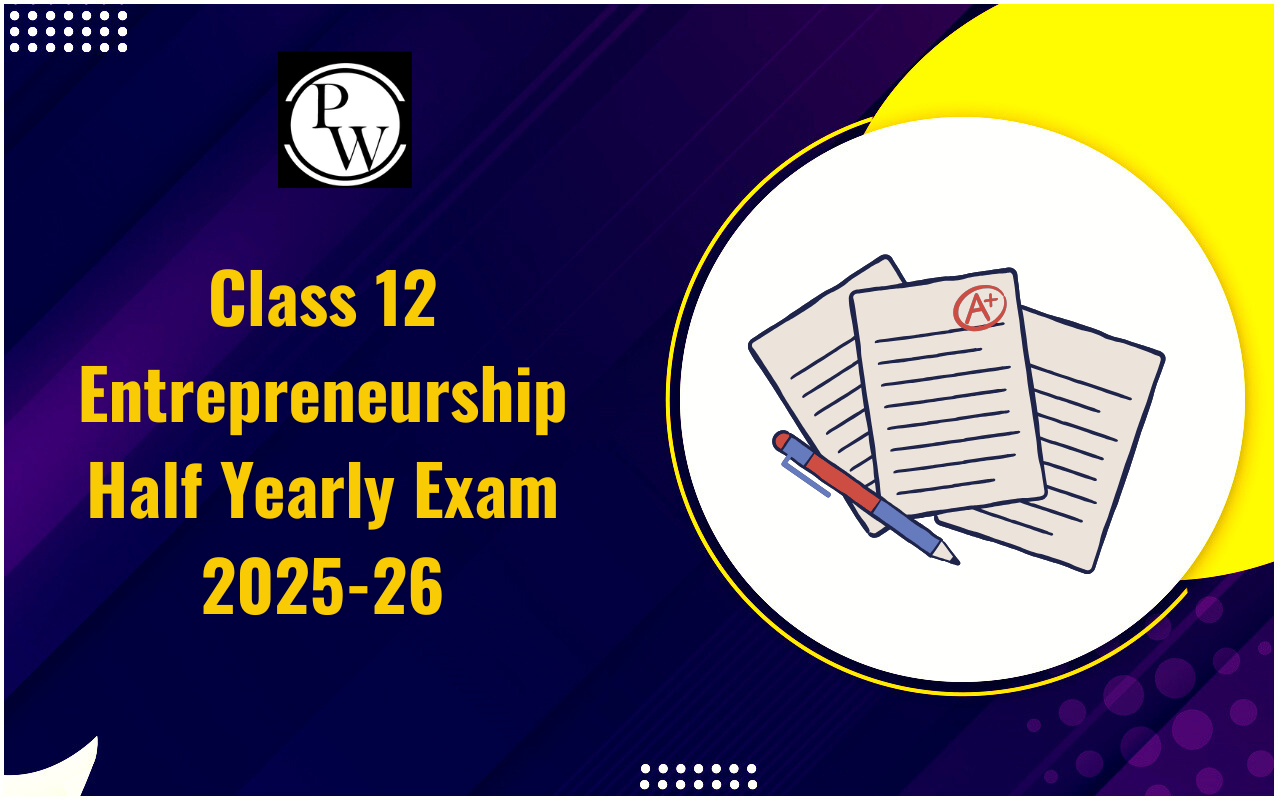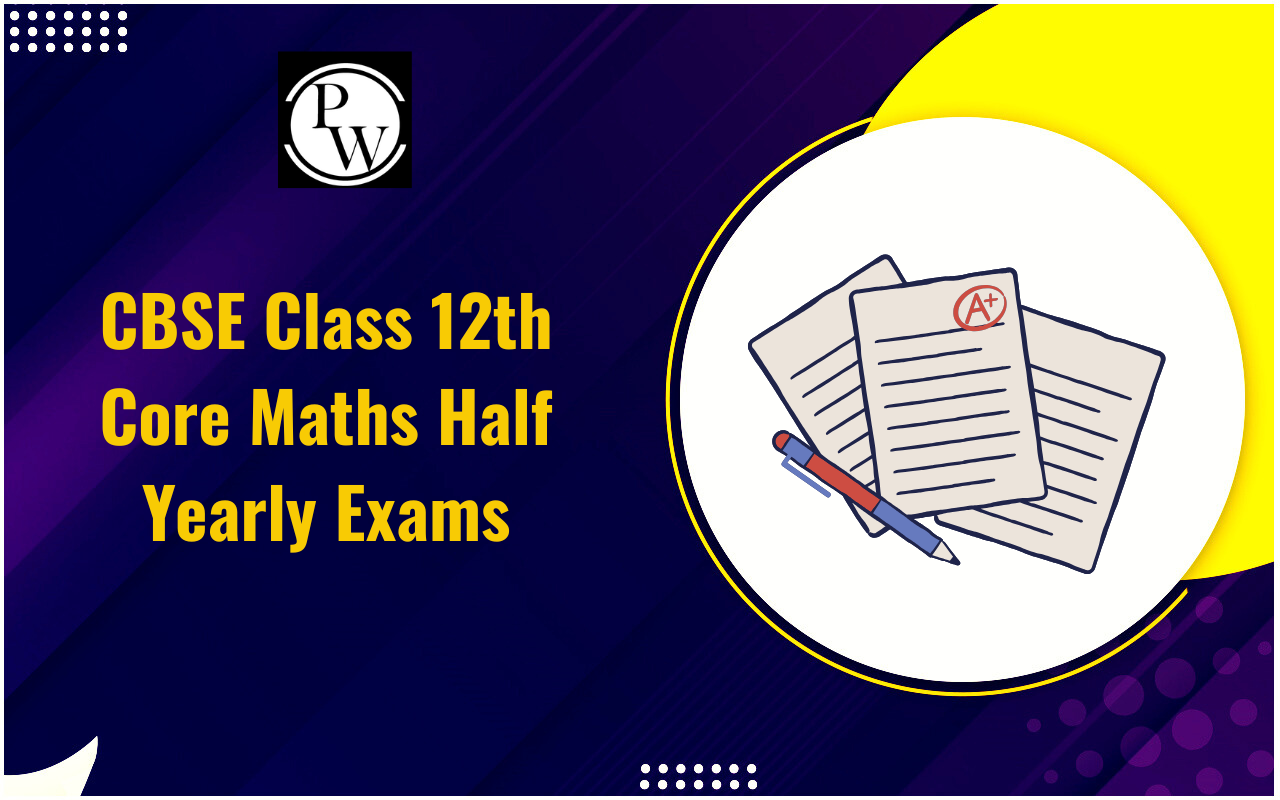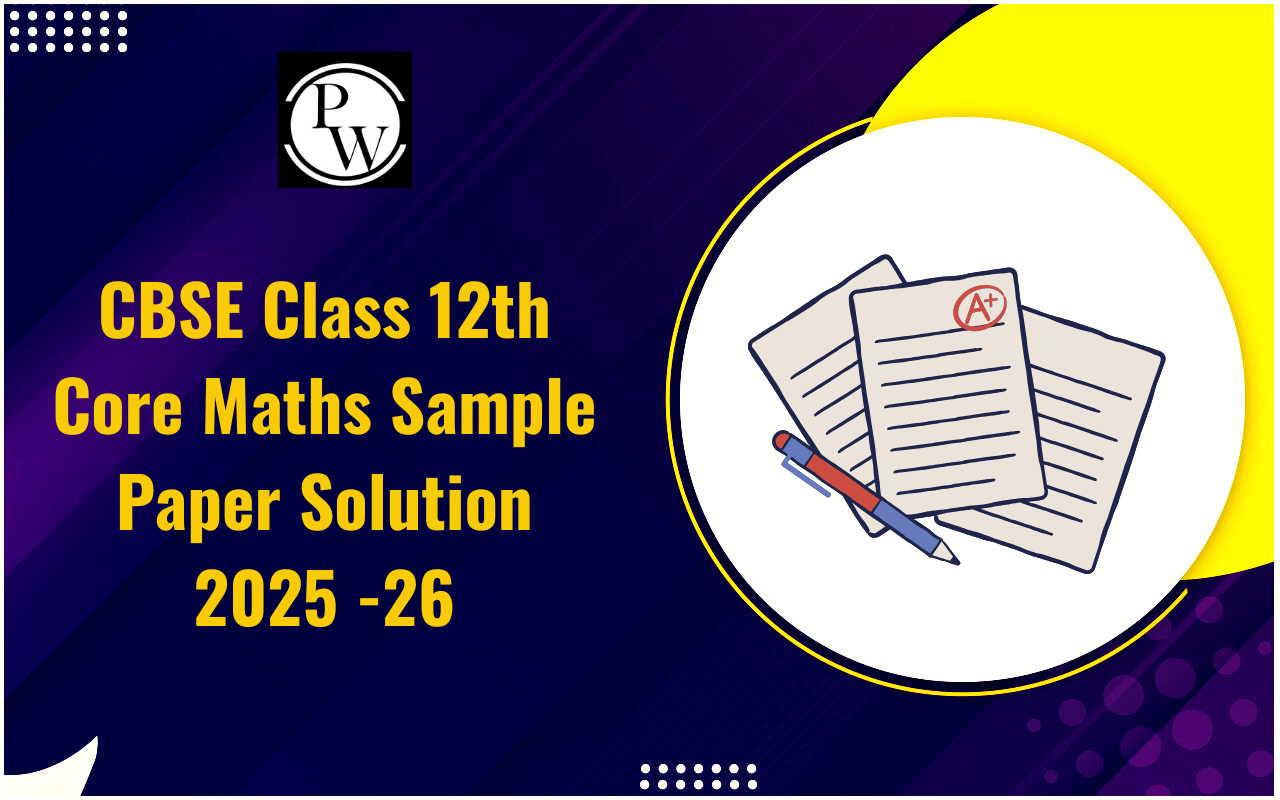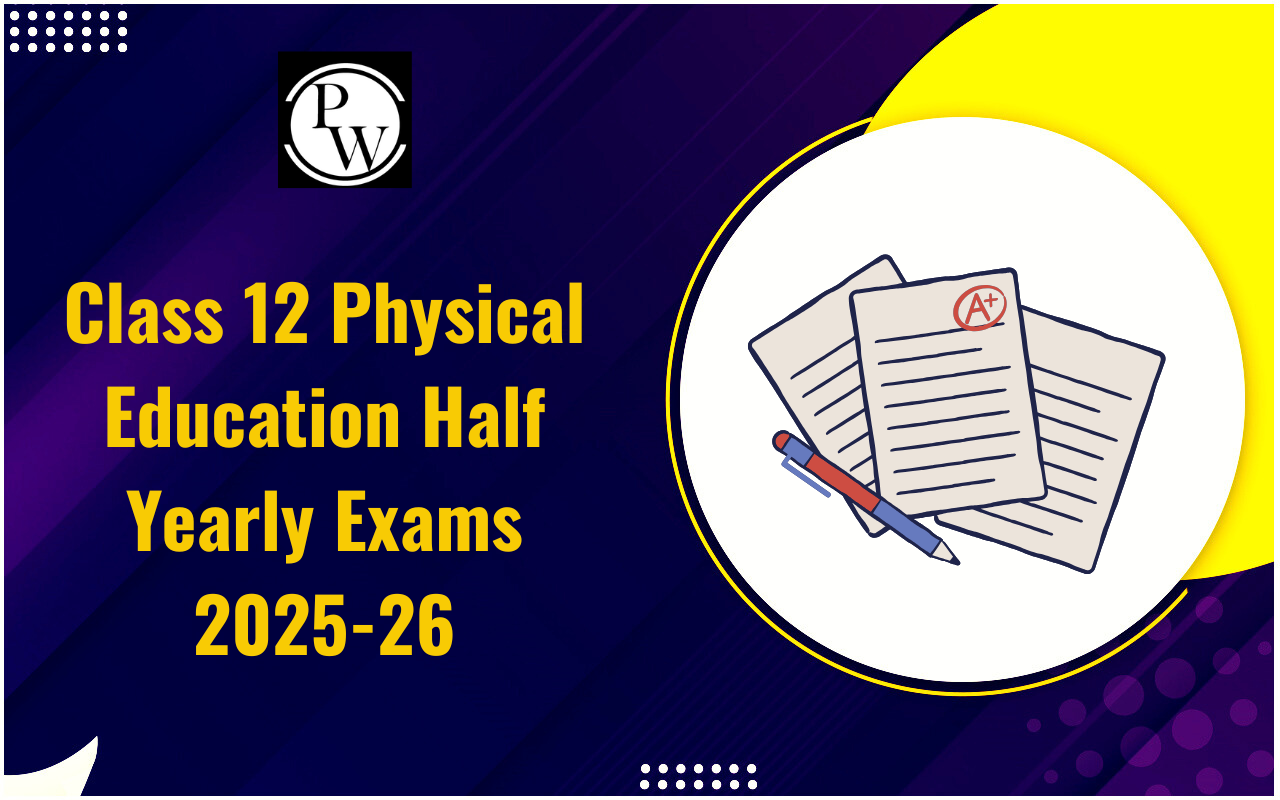

A bill of exchange is a legally binding financial document that plays a vital role in commercial transactions, especially in trade and business activities. It is essentially a written order used in international and domestic trade that binds one party to pay a fixed sum of money to another party either on-demand or on a specified future date. Understanding who the parties to a bill of exchange are is essential for anyone involved in finance, accounting, or commerce.
This article will explore what a bill of exchange is, who the primary parties involved are, and how they interact. We will also explain the legal implications, examples, and the importance of knowing who the parties to a bill of exchange are in practical business scenarios.
What Is a Bill of Exchange?
A bill of exchange is a written instrument created by the drawer that directs the drawee to pay a specific sum of money to the payee. The payment can be made on-demand or after a fixed period. It is a negotiable instrument as per the Negotiable Instruments Act of 1881 in India.
This document is often used in credit transactions and is considered a safer and more formal method of payment. It ensures that payment obligations are clearly documented and legally enforceable.
Who Are the Parties to a Bill of Exchange?
The primary parties to a bill of exchange are:
- Drawer
- Drawee
- Payee
Let us understand the role and significance of each of these parties in detail.
1. Drawer
The drawer is the person or entity that creates the bill of exchange. This party orders the drawee to pay the amount mentioned in the bill to the payee. In most cases, the drawer is the seller of goods or services.
Role of the Drawer:
- Initiates the transaction
- Signs the bill of exchange
- Is entitled to receive the payment (if also the payee)
In some cases, the drawer and the payee may be the same person, depending on the nature of the transaction. Among the parties to a bill of exchange are the drawer's responsibilities, including ensuring that the details in the bill are correct and legally compliant.
2. Drawee
The drawee is the person or institution upon whom the bill is drawn. This party is ordered by the drawer to pay the specified amount. Typically, the drawee is the buyer of goods or services.
Role of the Drawee:
- Receives the bill of exchange from the drawer
- Accepts the bill by signing it (making it legally binding)
- Pays the specified amount to the payee on the due date
Acceptance of the bill by the drawee transforms the bill into a valid obligation. Among the parties to a bill of exchange are the drawees who may delay or refuse payment if any discrepancies are found.
3. Payee
The payee is the person or entity to whom the payment is to be made. This party may be the drawer or a third party nominated by the drawer.
Role of the Payee:
- Receives the payment from the drawee
- May endorse the bill to another person
- Holds the right to sue the drawee for non-payment
In business transactions, knowing who the parties to a bill of exchange are, including the payee, helps streamline the accounting and legal procedures involved.
Additional Involved Parties (In Some Cases)
Besides the primary parties to a bill of exchange are some additional participants in certain circumstances:
Endorser: If the bill is transferred, the person endorsing it becomes the endorser.
Endorsee: The person to whom the bill is endorsed is the endorsee.
Holder: The current possessor of the bill, who is legally entitled to receive payment.
These additional roles emerge in cases where the bill is negotiated multiple times before maturity. The parties to a bill of exchange are thus not limited to the original three.
Importance of Knowing the Parties to a Bill of Exchange
Understanding who the parties to a bill of exchange are serves several purposes:
- Ensures legal clarity in the transaction
- Defines the obligations of each party
- Prevents fraud and disputes by making roles transparent
- Facilitates legal action in case of non-compliance
Businesses use bills of exchange to extend credit and formalize payment terms. Knowing the roles of the drawer, drawee, and payee helps build trust and reduces financial risk.
Example of a Bill of Exchange Transaction
Let us understand how the parties to a bill of exchange are involved with an example:
Scenario: A trader named Rahul (the drawer) sells goods worth a certain amount to a retailer, Priya (the drawee). Rahul issues a bill of exchange directing Priya to pay the amount to his supplier, Arjun (the payee) after 60 days.
- Rahul creates and signs the bill
- Priya accepts the bill and agrees to pay
- Arjun receives the payment on maturity
Here, the parties to a bill of exchange are Rahul (drawer), Priya (drawee), and Arjun (payee). Each has a defined role in ensuring smooth financial settlement.
Legal Framework
In India, the Negotiable Instruments Act, 1881 governs bills of exchange. It defines the instrument and explains how the parties to a bill of exchange are legally bound.
Sections under this Act cover:
- The formation and acceptance of bills
- Rights and liabilities of each party
- Rules regarding endorsement and dishonor
Legal enforcement becomes necessary when there is a refusal to pay. In such cases, identifying who the parties to a bill of exchange are becoming essential for initiating proceedings.
Distinction from Promissory Note
Unlike a promissory note, where there are only two parties (maker and payee), the parties to a bill of exchange are always three or more. The presence of the drawer, drawee, and payee introduces a triangle of responsibility.
Understanding this difference helps in choosing the appropriate financial instrument for business needs.
To summarise, the key parties to a bill of exchange are the drawer, drawee, and payee. Each plays a distinct role in making the bill a reliable and enforceable financial tool. Additional participants such as endorsers and holders may also become involved depending on how the bill is used.
Understanding who the parties to a bill of exchange are is essential for ensuring transparency, legality, and efficiency in commercial transactions. Whether you are a business owner, a student of commerce, or a professional accountant, grasping these roles provides a strong foundation in financial literacy.
So, when engaging in transactions involving bills of exchange, always be clear about who the parties to a bill of exchange are, their duties, and their legal rights. This clarity helps avoid misunderstandings and supports smoother financial dealings
Join PW Commerce Online Course and unlock your potential with quality education and dedicated learning support.
Parties to a Bill of Exchange FAQs
Who are the primary parties to a bill of exchange?
Can one person be both the drawer and the payee?
What happens if the drawee refuses to accept the bill of exchange?
Are there any additional parties besides the drawer, drawee, and payee?













